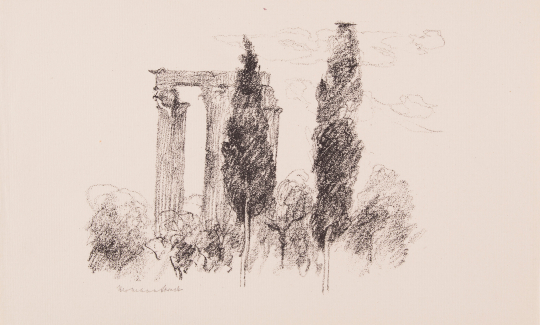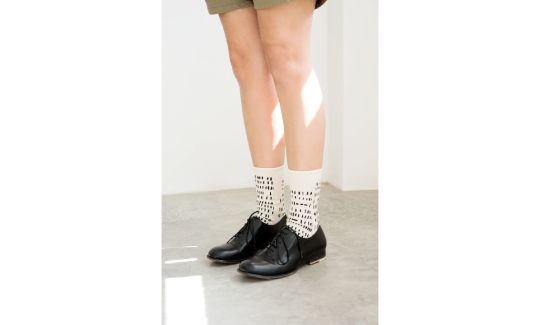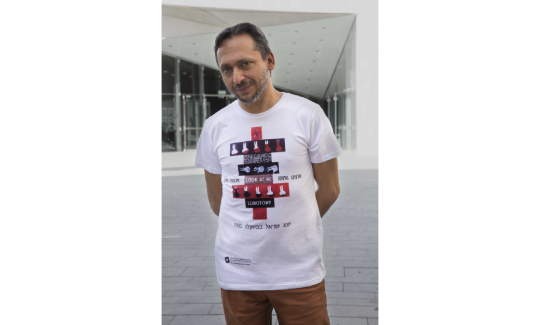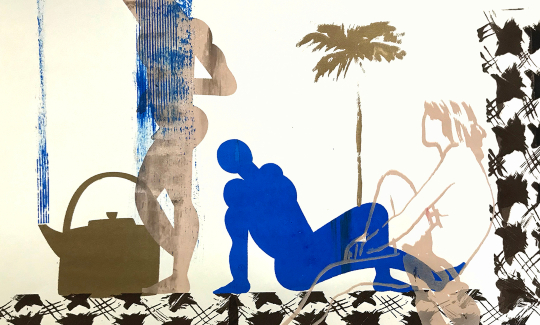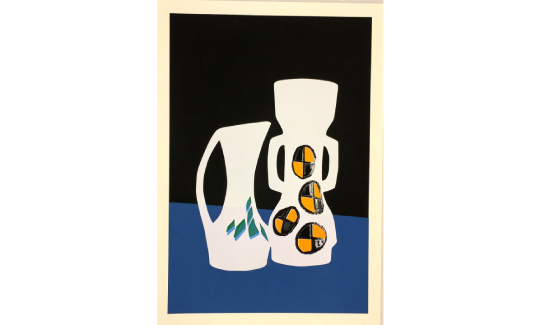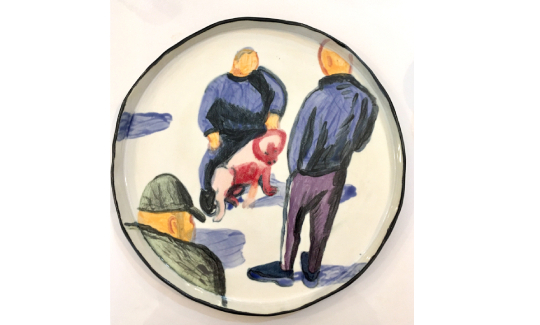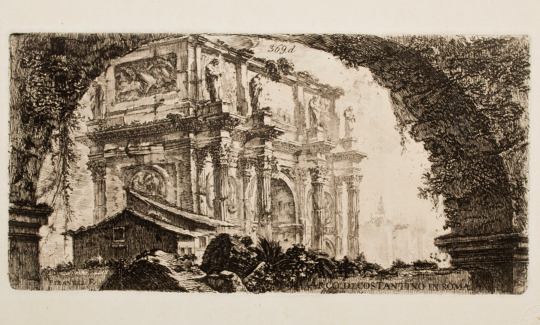"Print for the Masses" and "Piranesi: The Melancholy of Destruction"
Thursday, 27.02.20, 20:00
Monday, 19.10.20
:
Limor Alpern
,Svetlana Reingold
More info:
04-6030800
Today print has become a diverse medium that combines traditional printmaking with new materials and production methods. Digital technologies, for example, have been swiftly integrated into the printmaking process, while traditional techniques have come to rely on photocopiers, fax machines, and inkjet printers. These new technologies have not made other methods obsolete, but rather have expanded the range of options and possibilities in the print medium.
The new means of production do not cheapen the print or dim its aura, as noted by theorist Patricia Phillips. On the contrary: in recent years prints have been included in many contemporary art exhibits, in which the unique, cherished masterpiece is placed alongside the replicated, supposedly worthless copy. The use of new printmaking methods does not prevent certain works from gaining special value and historical impact in the art field.
The present exhibition reveals how artists challenge and blur the boundaries between high and low art, design, and the world of consumer products. Today artists employ cheap, everyday materials in order to realize printmaking's potential as a means for disseminating their art in the public sphere. This democratic approach has famous precedents in art history – for example, Andy Warhol's paper bags printed with his iconic images of Campbell's Soup, or Barbara Kruger's motto "I shop therefore I am." The contemporary artist employs mass production and commercial marketing strategies to develop his artistic practice and identity. This is achieved, among other things, through the printmaking medium and the broad spectrum of actions it offers.
The exhibition includes two- and three-dimensional works, as well as installations made using printing techniques; some of these installations even integrate works in other media. The exhibition space thus encourages a discourse between different bodies of works, which address basic questions about the creative act and the place of the print in contemporary art. Clearly, many essential characteristics of the print remain relevant to the production of art today – such as its replication, dissemination, and communal nature. The works in the exhibition highlight the stratification of cultural influences and types of information. Alongside their status as art objects, they maintain the distinction between a work of art and a commodity, while remaining accessible and relevant. Contemporary printmaking can thus be seen as the expression of a new discourse regarding the nature of aesthetic value. In addition it can serve as a model for the emergence of new aspects in artistic production.
Curator: Limor Alpern Zered

This exhibition explores the depiction of ruins in the works of Italian artist Giovanni Battista Piranesi (1720-1778), as a Romantic precursor of melancholy artistic expressions identified with contemporary postmodern aesthetics.
Piranesi, a Venetian by birth, lived in Rome and dreamed of restoring the city's glorious past. Apparently he was the most famous artist to gain renown exclusively for his graphic work, unlike other great masters of the printmaking techniques who were also great painters, such as Dürer, Rembrandt, and Goya. His prints had a decisive influence on generations of artists, from Blake to Escher, as well as on scenic designers and architects.
The exhibition presents works from his colossal series of etchings called "Views of Rome," on which he worked throughout his life. The destructive and tragic effect of time on the work of man, as represented in this series, lends a grandiosity to the classical world of the "Views of Rome" that was absent from the city's real views.
The cultural melancholy reflected in Piranesi's etchings of ruins echoes the spirit of contemporary printmaking, as seen in the exhibition Prints for the Masses displayed on the museum's first floor. As the real and the tangible fade, we grow enchanted with their paradoxical substitutes. The melancholy that accompanies our cruise along the real or virtual highway, overshadowed by the huge advertisements that crowd out the landscape, suggests a state of mind in which the world has lost a universal language and a shared conception of reality. Today we are haunted by uncertainty; we encounter the multivalent logic of the contemporary spirit, infused with a constant nostalgia for an unknown origin or for a vanished sense of wholeness.
A critical look at the contemporary artworks presented in this exhibition reveals the contemporary consumer culture and its media as a melancholy civilization that creates, by means of the spectacle, imaginary substitutes to compensate for the loss of a real home. In this context, art historian Gideon Ofrat argues that "in the early 21st century, after we have tired of allegorical and metaphorical ruins, the time has come for the true ruin. For, between real devastation and the feeling of destruction, more ruins than ever, ruins of stone, attract our eye and mind and do not let go."
The model of the European ruin in works by Piranesi and other Romantics informs the paintings of ruins by early Eretz-Israeli artists from the 1920s, such as Shmuel Charuvi, Anna Ticho, Leopold Krakauer, Jacob Steinhardt, and Shalom Sebba. Alongside Piranesi's works, the exhibition presents prints of ruins made by Hermann Struck, apparently the first Israeli artist to engage with this theme. According to Ofrat, "The first ruins in the history of Israeli art were the lithographs drawn and printed by Hermann Struck in 1903" during his journey through the Land of Israel, which led him to other Mediterranean countries.
Among other places, Struck visited Venice, Rome, Florence, Naples, and Pompeii. As an enthusiast of architecture he visited buildings planned by Renaissance masters, as well as ruins from the days of the Roman Empire. His drawings of historical monuments suggest an awareness of Jewish history and the tragic encounter between the Jewish people and the Roman Empire two thousand years ago. Struck also depicted the ruins of Lutomiersk in 1915, as an officer in the German Army who was put in charge of the Jewish population in the Polish-Lithuanian Pale of Settlement.
Ofrat proposes seeing Struck's depictions of Roman ruins and the destruction wreaked by the First World War as the tragic soil underlying his optimism and Zionist ideals. Following his immigration to Israel Struck realized Ezekiel's vision of redemption as the resurrection of ruins. According to this vision, the promised redemption will restore the Hebrew exiles to their destroyed homes and will lead to the resurrection of these ruins.
Piranesi (Giambattista) was born in Mogliano Veneto, Italy, 1720-1778
Hermann Struck was born in Berlin, Germany, 1876-1944
Curator: Svetlana Reingold

